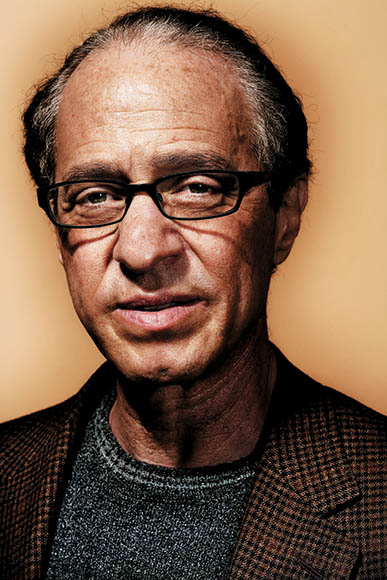Ray Kurzweil’s Most Notable Predictions: Hits And Misses
Unfortunately, no one can accurately predict this week’s winning lottery numbers.If anyone could, though, Ray Kurzweil would be the guy.
Kurzweil is an inventor, author, artificial intelligence expert and futurist, and is currently Director of Engineering at Google. That doesn’t begin to describe his impact on our lives, though. Among his inventions: the flatbed scanner, software that digitizes printed text, and reading machines for the blind. He’s worked with Stevie Wonder to create electronic musical synthesizers, has written New York Times bestsellers about the future, and has been compared favorably to Thomas Edison as one of the world’s pre-eminent inventors.

Here’s a partial look at Kurzweil’s most interesting hits and misses, along with a few startling predictions to monitor in the coming years.
The Good
In the 1990s, here’s some of what Kurzweil foresaw would happen by 2009:- Individuals would primarily use portable computers
- Wearable computers and devices would be developed
- Personal computers and devices would have no moving parts, and electronic memories
- Users would store their information, music and movies on their computers and devices
- Digital music and books would largely replace physical media
- Cables would disappear, replaced by wireless technologies
- Wireless networks would proliferate
- Some computer displays would be built into eyeglasses
- Computers would include video cameras and facial recognition capability
- A $1000 computer would be able to do one trillion calculations per second
- Supercomputers would be able to match the capacity of the human brain
- Computers would be able to “deconstruct” the operation of the brain
- Computers would be central to the educational process and all students would have one
- Most reading would be done on screens, and electronic documents would replace paper
- Learning “at a distance” (i.e. E-learning) would become commonplace
- Intelligent technology would make computers accessible to the handicapped
- Computerized prosthetics would help the physically disabled to walk
- Computers would double as telephones
- Media would become digitized with instant downloads possible
- Interactive games would provide complete visual and auditory experiences
- The Internet would become a “worldwide mesh” (he didn’t predict the use of the word “cloud”) of computers and memory

But his overall ability to foresee what would be commonplace in 10-15 years was uncanny.
Kurzweil also made accurate predictions in many other areas, including China’s growing importance in business and technology, and the growth and importance of online sexual encounters. The prescience of his political predictions wasn’t surprising; shortly before the fall of the Soviet Union, he foresaw the collapse due to communications advances like cell phones and fax machines. It’s not known how he came by his prescience on sexually-related subjects.
The Bad
No one’s perfect, not even Ray Kurzweil. Here are a few of his notable predictions for 2009 that fell very, very short.- Self-driving cars and intelligent roads would be used for long-distance travel
- Most text would be created by speech-recognition software (he obviously didn’t foresee texting)
- Telephones able to translate between languages would be in common use
- Human musicians would jam with computerized ones
The Future
Want to know some of his really far-out predictions about what’s still to come? Kurzweil’s track record should make you think at least twice before laughing at some of them.- Technology will be able to prevent asteroids from striking the Earth
- Most diseases will be eliminated by the 2020s, thanks to nanobots and the ability to fix the brain through reverse engineering
- Everyone will telecommute within the next few decades, with the aid of immersive virtual reality
- Human brains will be able to connect directly to the cloud by 2030 (and we’ll be able to back up our brains)
- A computer will pass the Turing test (indicating intelligence equal to that of humans) by 2030
- By that same year, reality and virtual reality will be interchangeable (even in the bedroom)
- Before the turn of the century, machines will be able to create computers the size of planets
- Before 2050, it will be possible to “copy” human brains and meld them with electronic bodies, so people will be able to take any form they choose
0
Featured products





